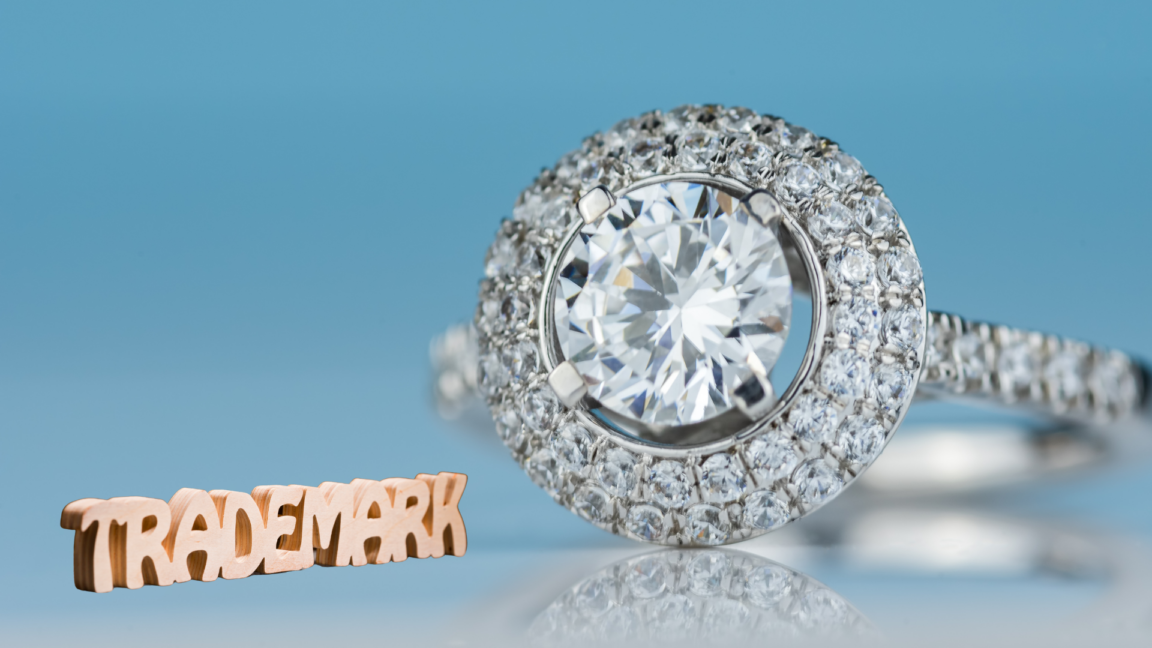Trade Dress and Package Design Protection: The Unsung Hero of Trademarks
March 26, 2021

Written by: Caldwell
An often overlooked but available type of trademark protection is trade dress protection. In certain cases, the “total image” of a good or service can receive protection as a trademark. In intellectual property law, this is referred to as the “look and feel” of a product or service. It can encompass anything from size, shape, color or color combinations, texture, or graphics.[i] These components constitute the “trade dress” of the product or service.
Familiar examples of trade dress include the shape of the Coca-Cola® bottle, the color of Tiffany®’s famous blue box, the look and feel of the interior of Chipotle® restaurants, and the wave design on Lululemon® hoodies.
Consistent with word marks and other marks, trade dress creates a visual (and perhaps even emotional) impression that functions as a source indicator to consumers, meaning that consumers can distinguish that the product or service is coming from one producer or source, and not another. In addition to the potential for trademark registration with the United States Patent and Trademark Office (USPTO), trade dress may have acquired common law rights through use in commerce, which is also consistent with other standard types of trademarks.
Trademark Application Requirements for Trade Dress
A trademark application with the USPTO for “trade dress” must include all of the same application elements as a typical word or design mark application, including identification of goods and/or services the applicant wishes to be protected, a description of the mark (in this case, the trade dress), and the USPTO filing fee. Careful attention must be paid to the description section, as crafting the description of the trade dress is directly connected to the scope of protection of the trade dress trademark that will be covered.
Legal Requirements for Trade Dress
In addition to meeting the basic requirements of the trademark application, there are specific legal requirements that a trademark must meet in order to be eligible for protection as trade dress.
Non-Functionality
First, functionality is a bar to registration; the trade dress must be non-functional. This means it cannot be essential to the use or purpose of the product or service and cannot affect the cost or quality of the product or service.[ii]
Distinctiveness
Second, the mark, or trade dress, must be distinctive or have acquired distinctiveness. This means it must be recognizable to consumers as source identifying. [iii]

Trade Dress Infringement
As with trademark infringement generally, a claim for trade dress infringement must be based on the defendant’s trade dress creating a likelihood of confusion. When determining likelihood of confusion, courts use several factors derived from a 1961 case, (Polaroid Corp. v. Polarad Elecs. Corp., 287 F.2d 492 (2d Cir. 1961).) These factors, sometimes known as the “Polaroid factors,” may vary slightly as federal courts apply them throughout the country. The factors are intended as a guide, and not all factors may be particularly helpful in any given case.
Polaroid Factors
1)Strength of the senior user’s mark.
2)Similarity of the marks. The more similarity between the two marks, the more likely the confusion.
3)Similarity of the products or services.
4)Likelihood that the senior user will bridge the gap. If it is probable that the senior user will expand into the junior user’s product area, the more likely there will be confusion.
5)The junior user’s intent in adopting the mark. If the junior user adopted the mark in bad faith, confusion is more likely.
6)Evidence of actual confusion.
7)Sophistication of the buyers.
8)Quality of the junior user’s products or services.
9)Related products and services. i[v]
While there are many cases and regulations which establish a framework for trademark and trade dress protection, each business has different needs, and each case will have a different set of facts and circumstances. Whether establishing a trademark portfolio from scratch or policing, enforcing, or defending already existing marks, be sure to consult with an attorney to discuss goals and a create a trademark protection strategy that is customized for that particular business.
To learn more on the use of the Polaroid factors and trademark disputes in the context of distinctiveness read: When Is Using the Identical Mark As Someone Else Not A Trademark Infringement?
[i] Two Pesos, Inc. v. Taco Cabana, Inc., 505 U.S. 763, 765 (1992); American Greetings, 807 F.2d at 1141; Rose Art Industries, Inc. v. Raymond Geddes & Co., 31 F. Supp.2d 367 (D.N.J. 1998); note that there are additional nuances to product packaging and product design which are beyond the scope of this article.
[ii] https://tmep.uspto.gov/RDMS/TMEP/current#/current/TMEP-1200d1e873.html
[iii] https://tmep.uspto.gov/RDMS/TMEP/current#/current/TMEP-1200d1e1367.html; note that there are additional nuances to distinctiveness which are beyond the scope of this article.
[iv]https://scholar.google.com/scholar_case?q=Polaroid+Corporation+v.+Polarad+Electronics&hl=en&as_sdt=4,60,107,112,114,122,127,129&case=2293827617926067028&scilh=0